How Using Essential Oils can Help you Save Money, Get out of Debt & Meet Your Budget
I want to show you how to save money with essential oils by replacing some of the products you generally buy for your home or your family with effective DIY alternatives. By using essential oils in your home you can replace expensive cleaning products, petro-based air fresheners, fancy bath bombs, specialty soaps, first aid supplies, and even specialty skincare products. Using essential oils can even help you reduce your carbon footprint by choosing more eco-friendly products and reusable containers. And you only need a few drops. Let me show you how to save money with essential oils.
Over the Christmas Season, I’ve been using essential oils diffused in an ultrasonic essential oil diffuser. Diffused essential oils clean the air, add a small amount of humidity to the dry winter air to keep sinuses from drying out and skin from cracking. They also clean the air of stale odours, smoke, bacteria, and viruses to keep you healthier. Plus the extra humidity helps you to stay healthier so that bacteria doesn’t stick to your sinuses.
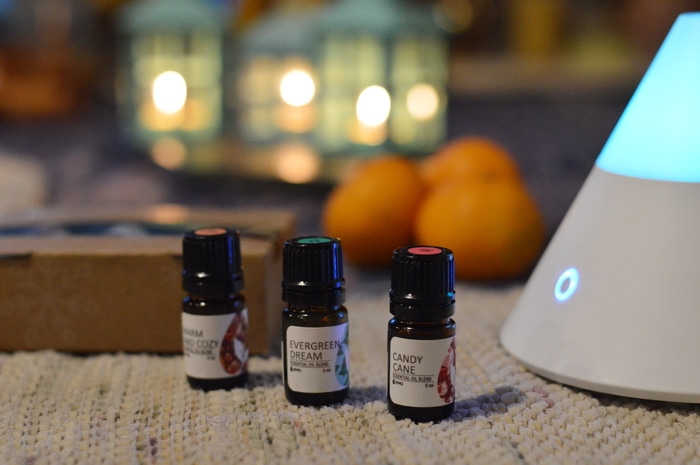
If you live in an area of high humidity, they can be diffused using a reed diffuser, like this one, that doesn’t add extra moisture to the air. They can still provide air cleaning power and replace commercial air fresheners at a lower cost to both your health and your purse.
Save money
Over the holidays I ordered several bottles from my two favourite distributors, Plant Therapy and Rocky Mountain Essential Oils. I chose these two companies because they provide documentation for batch testing of the purity.
When it comes to essential oils less is more. While a 10 ml (1/3rd ounce) bottle may seem pricey you don’t need a lot for potency. This makes even the more expensive essential oils good value. For instance, most regular skincare essential oils should be used at a 2% dilution. How much is that? That’s only 4 drops in one of those 10 ml rollerball bottles with a carrier oil. Adding more won’t make them work any better. Your body reaches a threshold of benefit, and after that, adding more will just be a waste and burden your liver and kidneys.
For acute issues like sore joints, skin problems, sniffles, and colds and flu, a 3% dilution is recommended. That’s just 6 drops in a 10 ml rollerball bottle with a carrier oil. Again using more won’t heal your body any faster. Essential oils support your body’s own ability to heal itself and that takes time. Using more can’t speed that up.
For times when there is a high prevalence of bacteria or you are making a natural cleaning solution, you may go as high as 5%. For a salve to soothe an infection that’s only 10 drops in a 10 ml roller bottle or 60 drops in a 2-ounce salve recipe. You’ll only need 30 drops in a 16-ounce bottle of cleaning solution, to provide strong antibacterial cleaning power. (Hint: Add 1 tablespoon of Dr. Bonner’s liquid Castile soap to act as a surfactant and a carrier for the essential oils.)
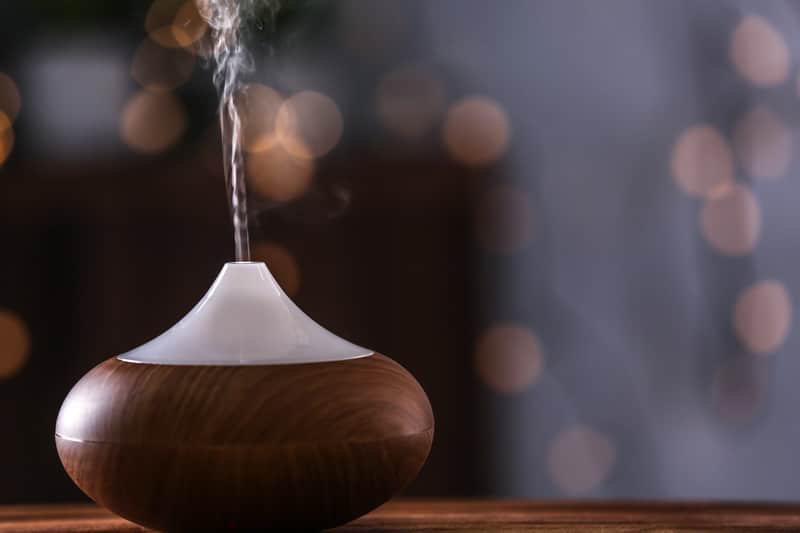
How many drops of essential oil for an ultrasonic diffuser?
If you are using an ultrasonic essential oil diffuser, you’ll put water in the reservoir and add a few drops to the water before turning on the diffuser. But how much do you need to add?
Most diffusers that hold 100 ml. of water (about 1/3 to 1/2 a cup) will run efficiently with 4 to 6 drops in the reservoir. If your diffuser holds 150 ml to 200 ml of water you can use 6 to 8 drops each time you run your diffuser.
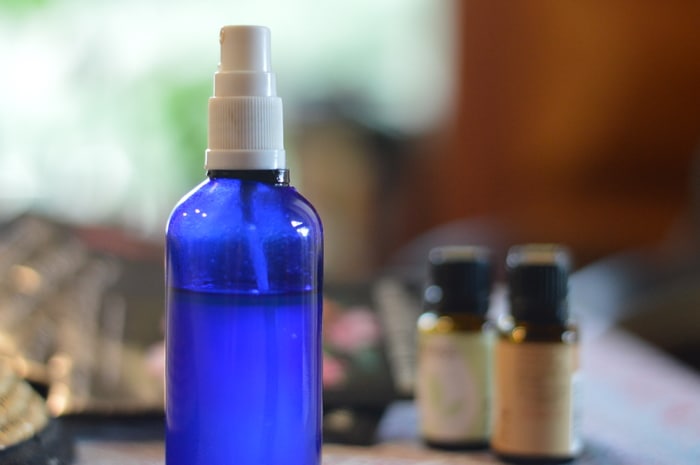
How far will a 10 ml bottle go?
A 10 ml bottle of pure essential oil provides 200 drops. That’s enough to run your diffuser once a day for a month or twice a day for 2 weeks. It’s enough to make 33 — 10 ml rollers for acute health issues or 20 — 10 ml rollers for first aid problems at a 5% dilution.
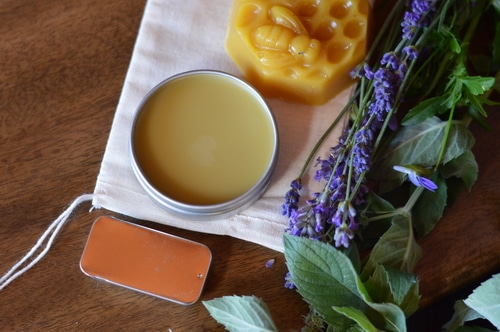
If you are coping with a skin infection like MRSA you might try a 5% dilution in a salve and you’ll get 3 to 4 — 2-ounce batches of salve out of a single 10 ml bottle. Compare that to the cost of ineffective, petrolatum-based creams and you’ll see that essential oils are cost-effective. If you are dealing with an MRSA infection or other serious health issues use any homemade treatments in consultation with your doctor. They can interact with prescription medicines.
How much will it cost?
Pure essential oils vary in price depending on the plant that the oil is distilled from. Some like Jasmine or rose, take hundreds of pounds of flowers to get just a few ounces. Other ones like citrus peel require just a few pounds of plant material. This will be reflected in their cost. Generally, pure is a much better value than diluted.
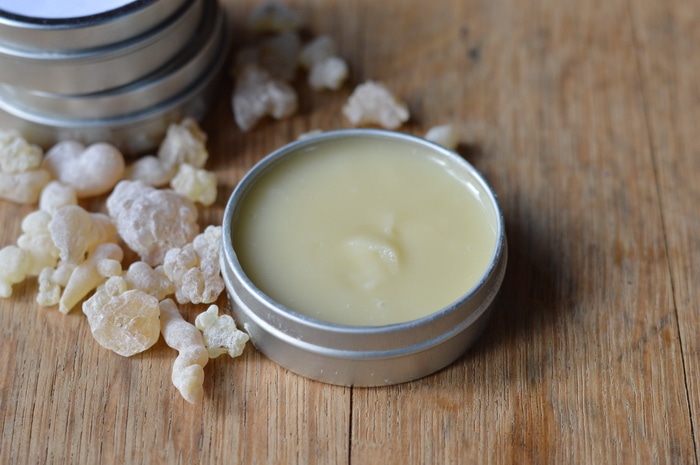
If you are using Frankincense for skincare a 10ml bottle of Frankincense Carteri will cost about $15 (Plant Therapy Organic) and will let you make 5 — to 2-ounce bottles of anti-aging face serum. (3% dilution) or $3 per batch. That leaves enough savings to pick up some rosehip oil, sea buckthorn, raspberry seed, or pomegranate oil to use as a carrier oil and still save money over the commercial anti-aging eye serums that are full of chemicals and preservatives you don’t want. (usually $20 to $100 per ounce). (Or use this recipe for a natural anti-aging eye serum with elderflowers.)
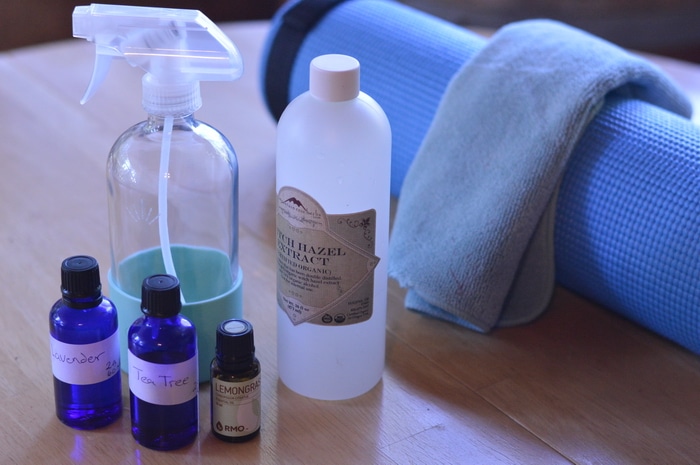
Or you can create a natural cleaning solution by adding 1 tablespoon of Dr. Bonner’s liquid soap and 30 drops of essential oil in a 2 cup spray bottle. Lemon essential oil is just $8 for 10ml (Plant Therapy); Tea Tree Essential oil is $7 (Plant Therapy). So one batch of all-purpose spray cleaner is around $1.25, with these potent antibacterials, anti-fungal essential oils. You just need to add a good-quality glass spray bottle for all your cleaning needs.
Using essential oils can help you meet your New Year’s goals of living a healthier lifestyle, getting out of debt, and having more money for the special family times and vacations you plan for this year.
Grab my Book and start using essential oils to save more money every single day!
The Beginners’ Book of Essential Oils is the answer to the question, “Where do I even start?” Explore your first 10 essential oils and learn to use them with confidence, with over 80 recipes for health, beauty, and cleaning products. Written with the beginner or intermediate user in mind.
This guide sifts through the hype and confusion and gives you the knowledge and confidence you need to safely explore 10 foundational essential oils, without needing to spend hundreds of dollars just to begin.
Written by an herbalist not an essential oils marketer, so you can trust that the information is based on real botanical research and experience and not marketing hype.
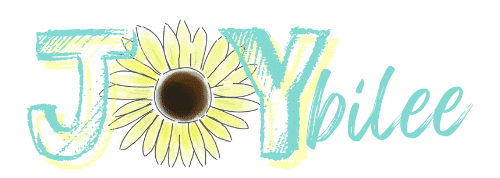
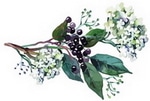
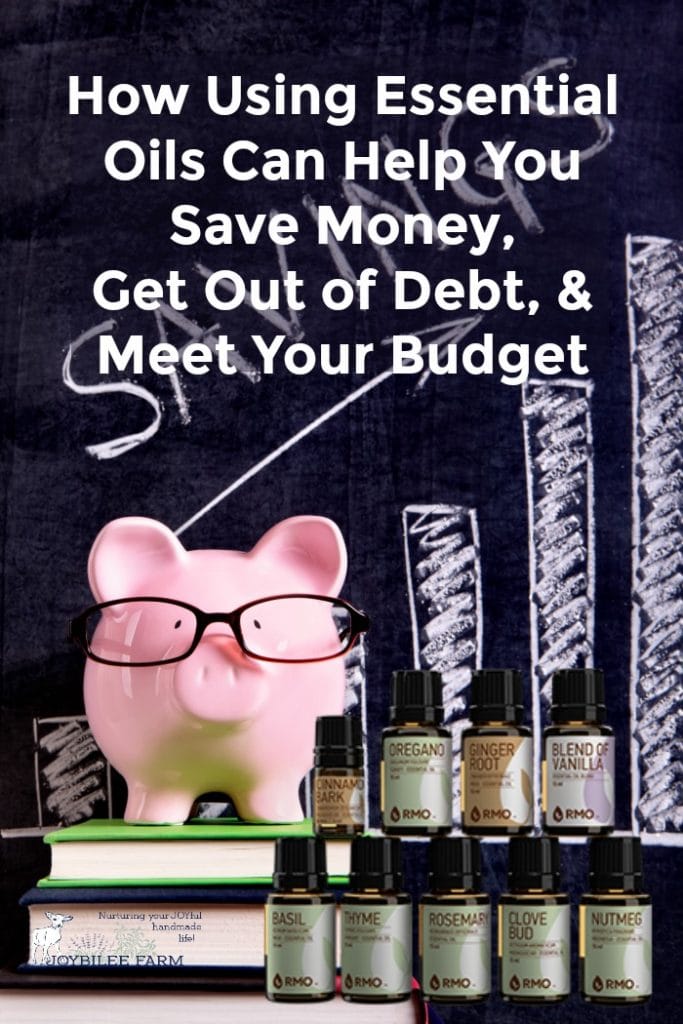
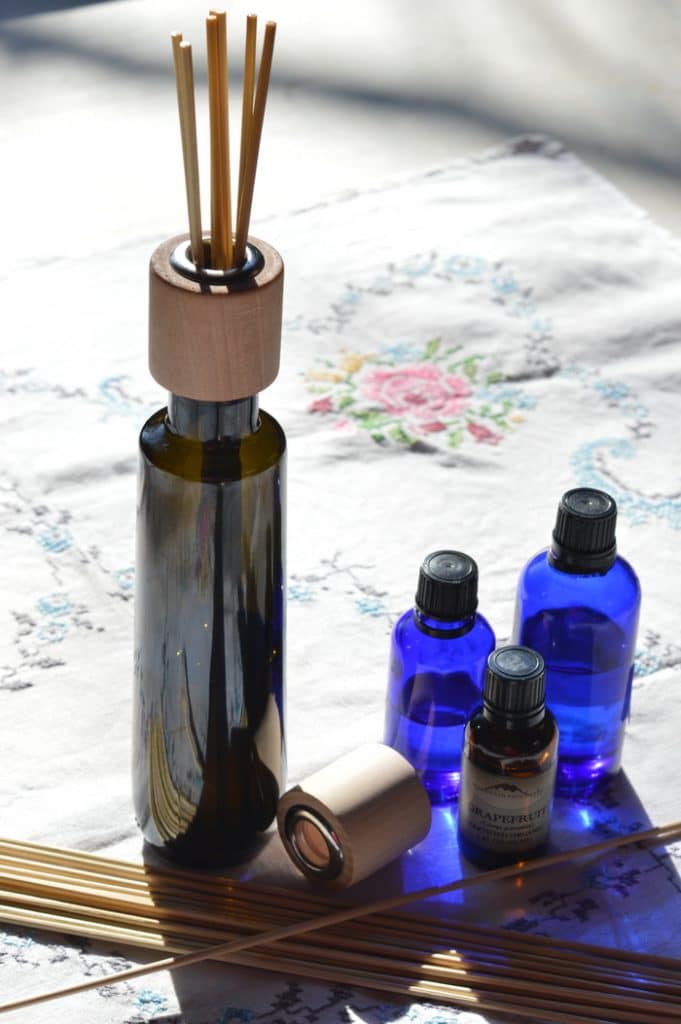


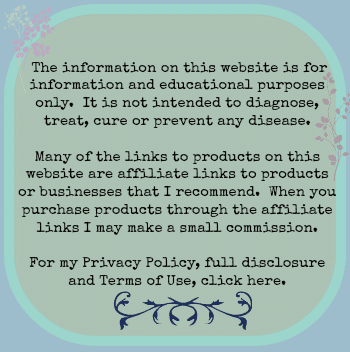
Leave a Reply